Divisions 1, 2, 3, and 5 would like to invite you all to their Business Fair, happening on Tuesday, May 31st in the Gym.
Students in these classes were given the task to create a product from scratch. They created a prototype in which they had to present to the class and receive feedback in order to improve their product. Going forward, they established a money plan covering their costs and looking at their potential profits. Finally, they worked on advertising and marketing towards a certain demographic.
This week marks the final week of preparation to kickstart their business. Flyers are already hanging up in the hallways, and we even have some infomercials to be broadcasted in classrooms promoting the business fair and the creative products that these students have made.
Prices range from $1 to about $4depending on the product. Products range from Stress Balls, Slime, and Fidgets to specialized bookmarks, soaps, and other creative little knick-knacks that children of all ages would enjoy!
Students will have their opportunity to purchase items on Tuesday, May 31st with their class. Purchases are completely optional, but if students wish to buy something, it is recommended that Primary students not bring any more than $10 with them for this event, and Intermediate students not to bring any more than $20.
Come by and check it out! Parents are welcome to come preview the Business Fair on Monday, May 30thfrom 2:30 – 3:00pm to see what wonderful products there will be. No purchases will be made however at this time, as students will have their opportunity to buy items the following day when the Business Fair is officially launched. Entrance and Exit will be from the exterior Gym doors only.
Thank you everyone for your support!
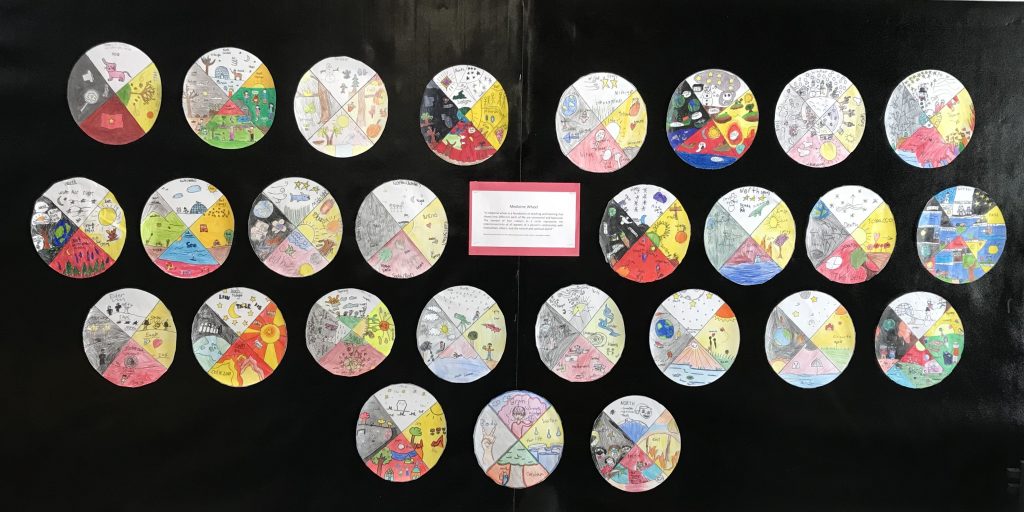

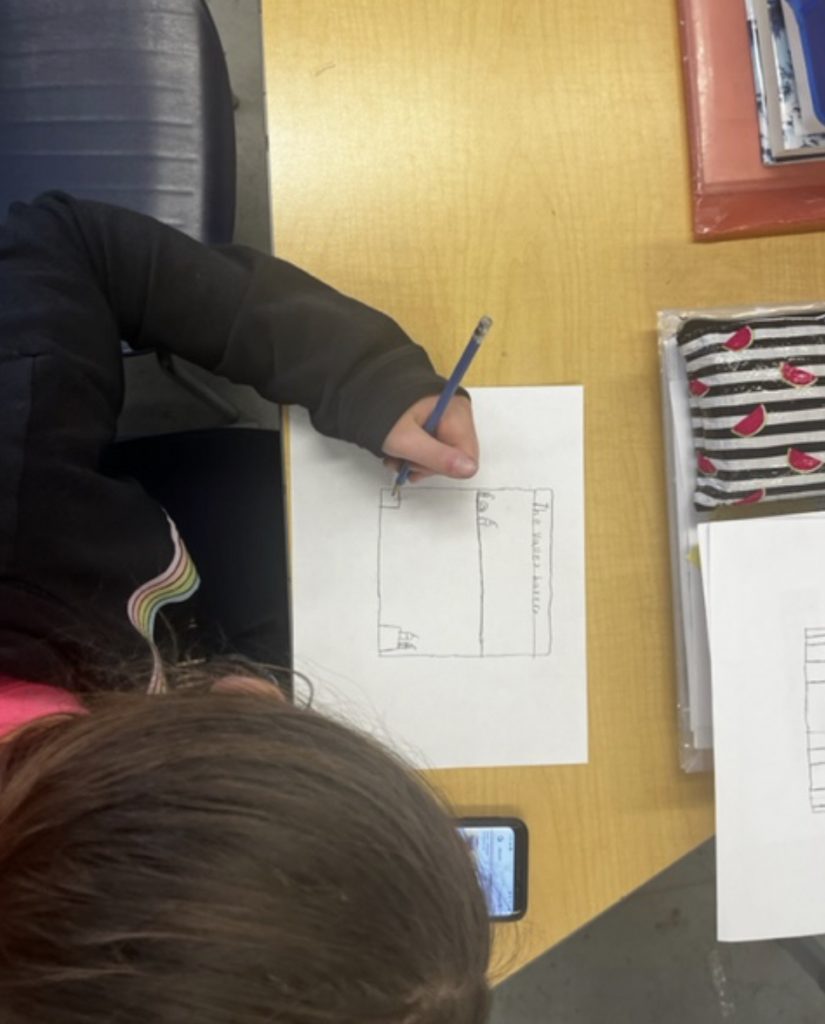
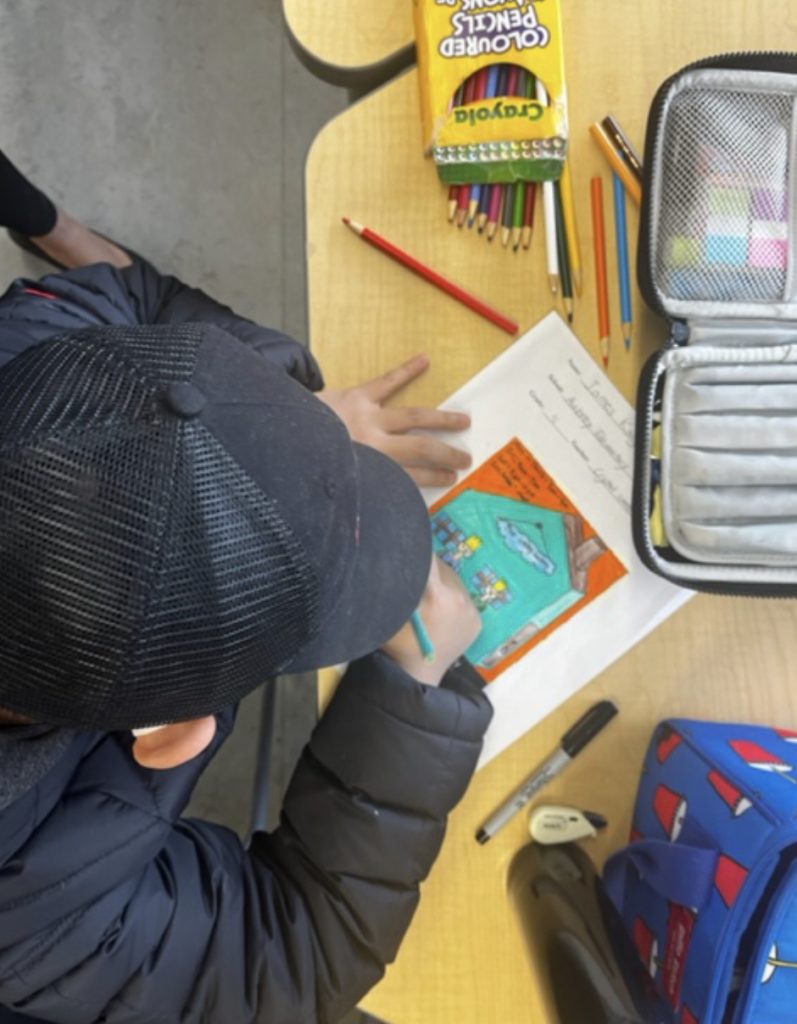
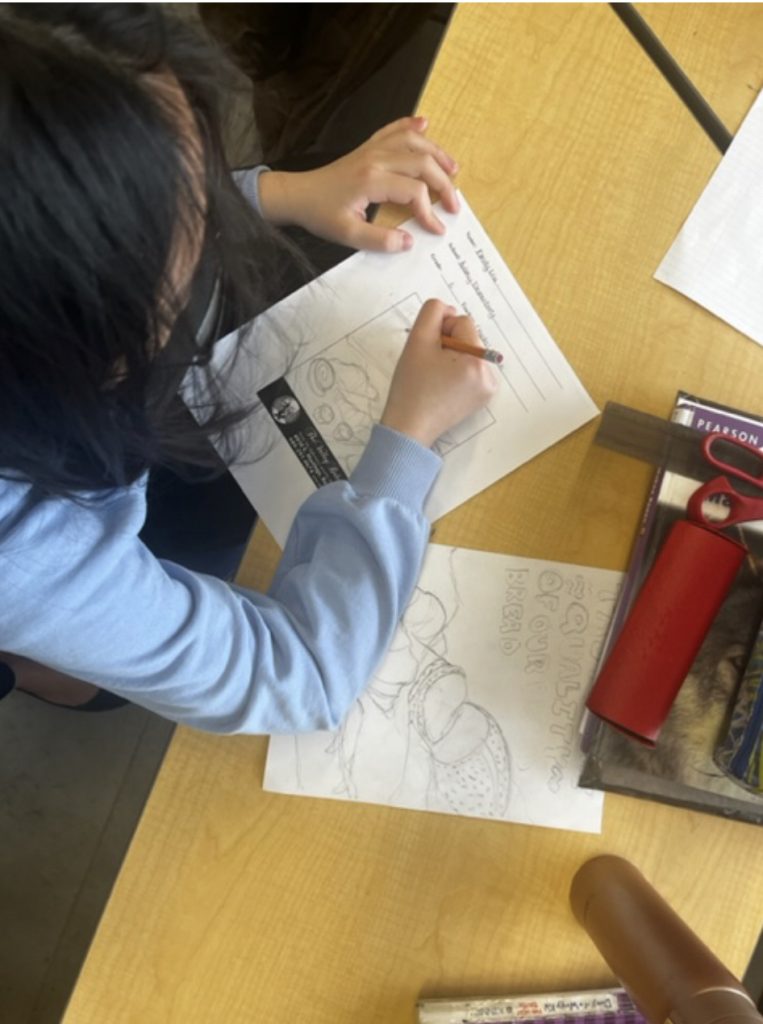
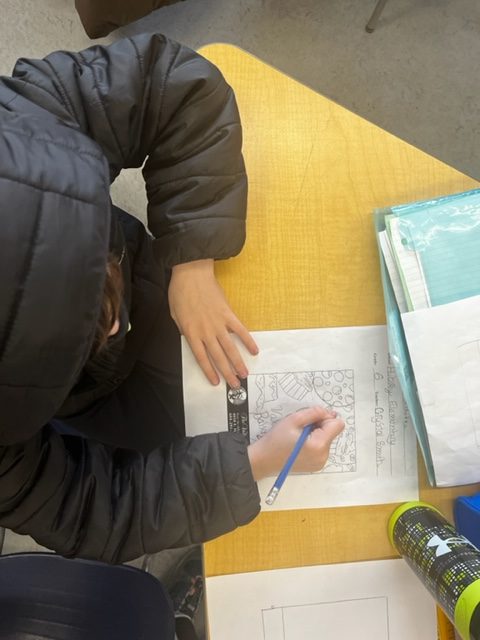
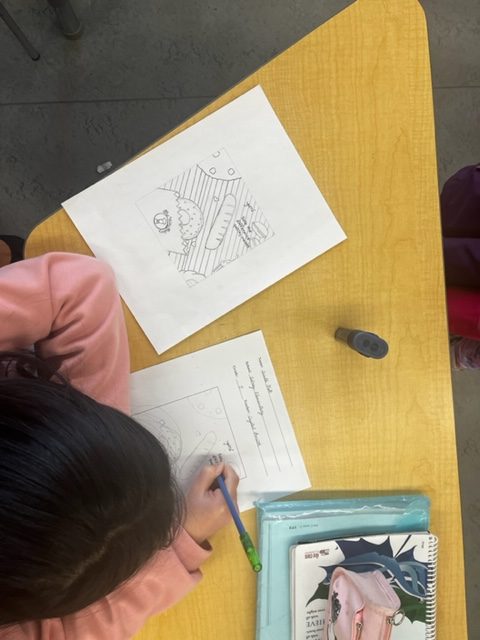
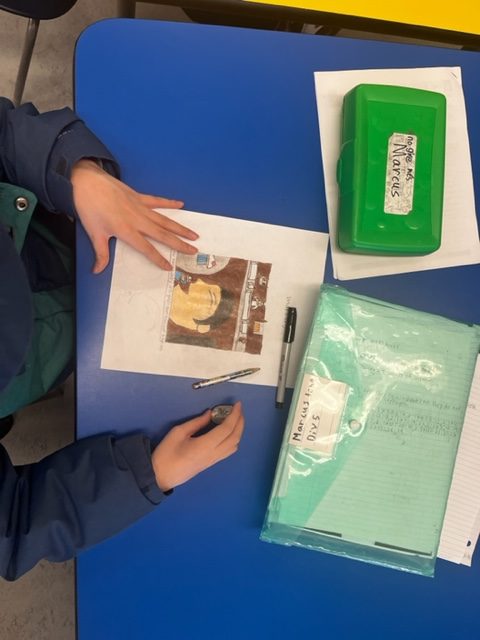
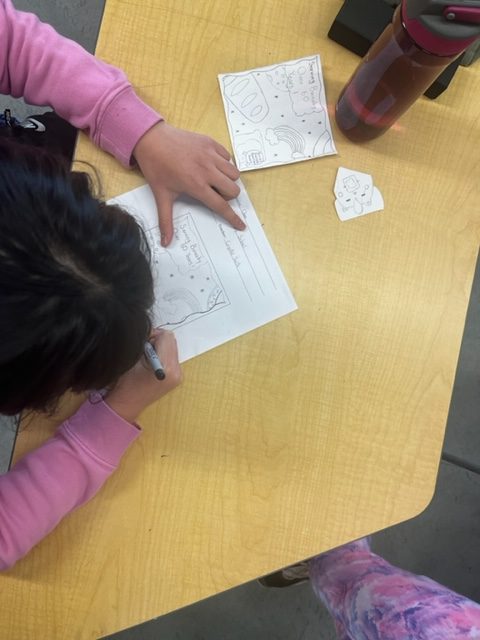
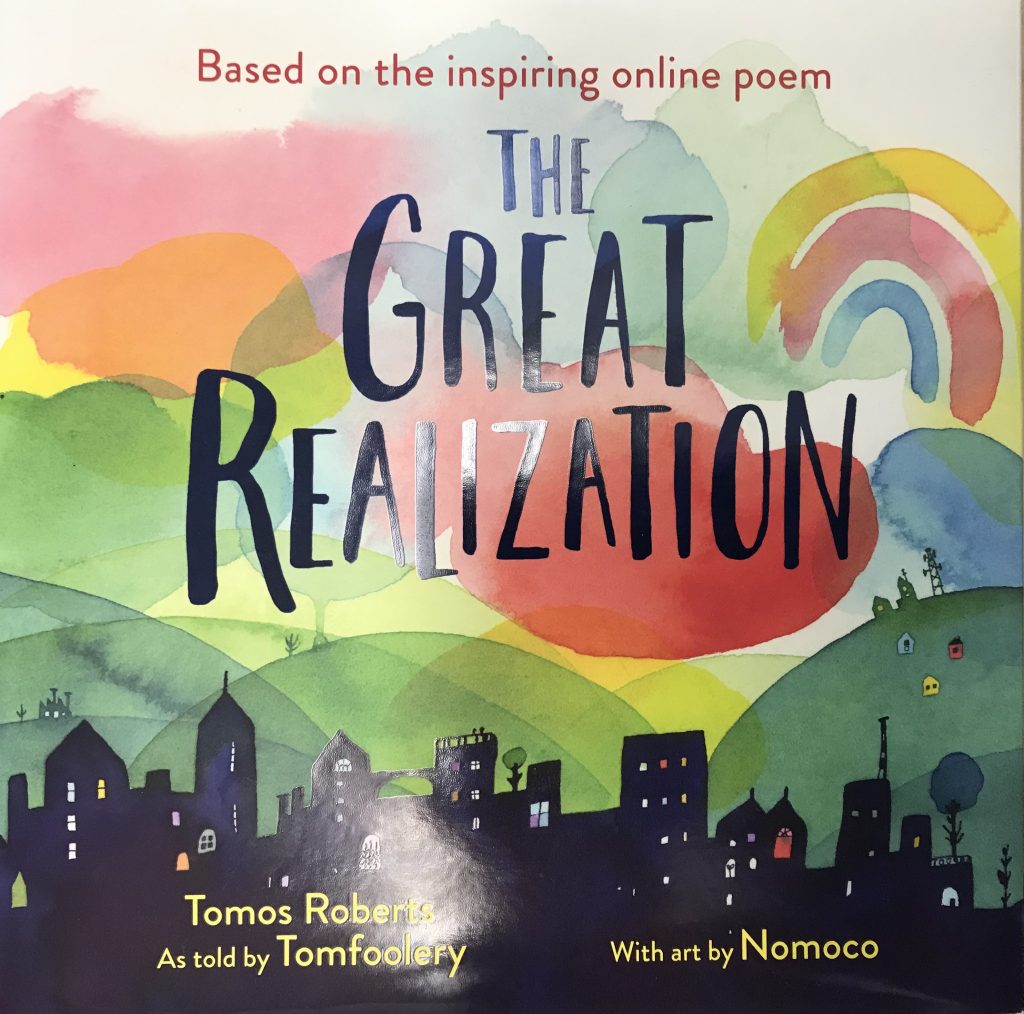
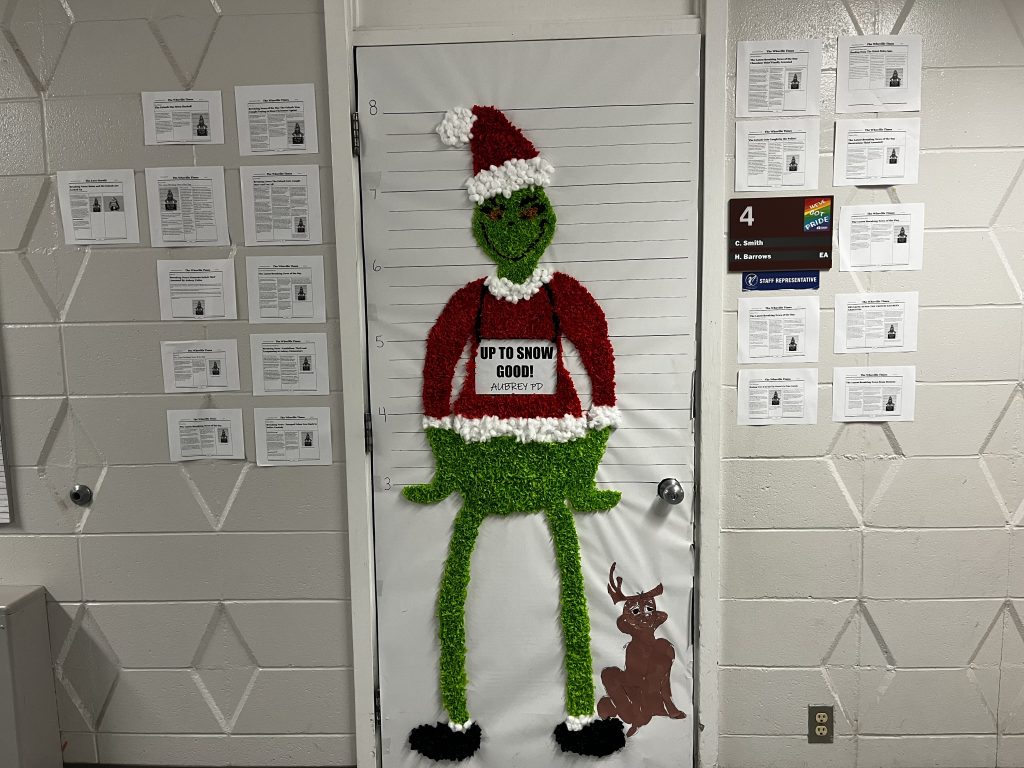
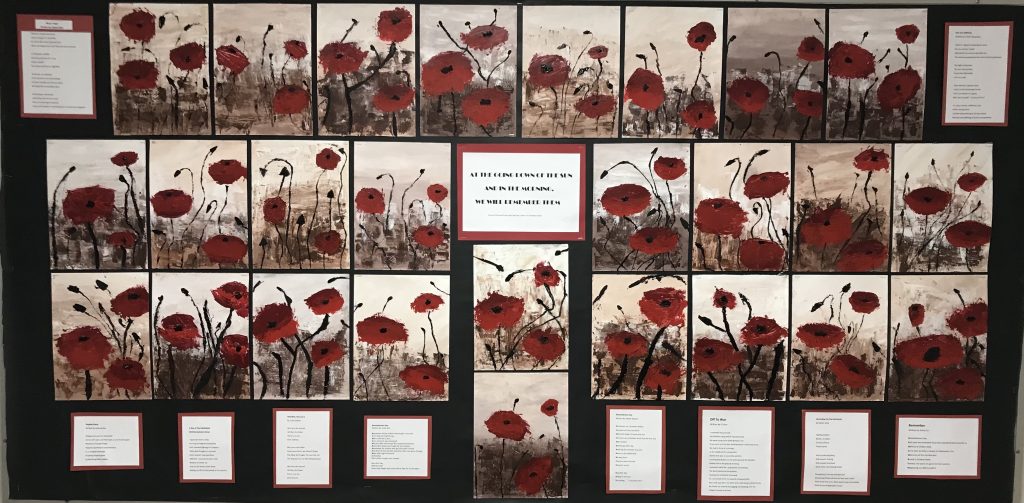
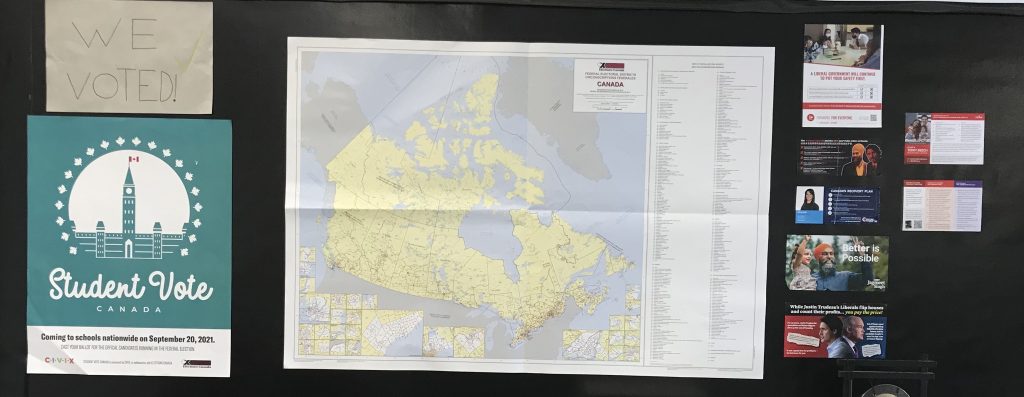
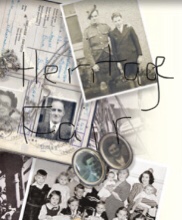
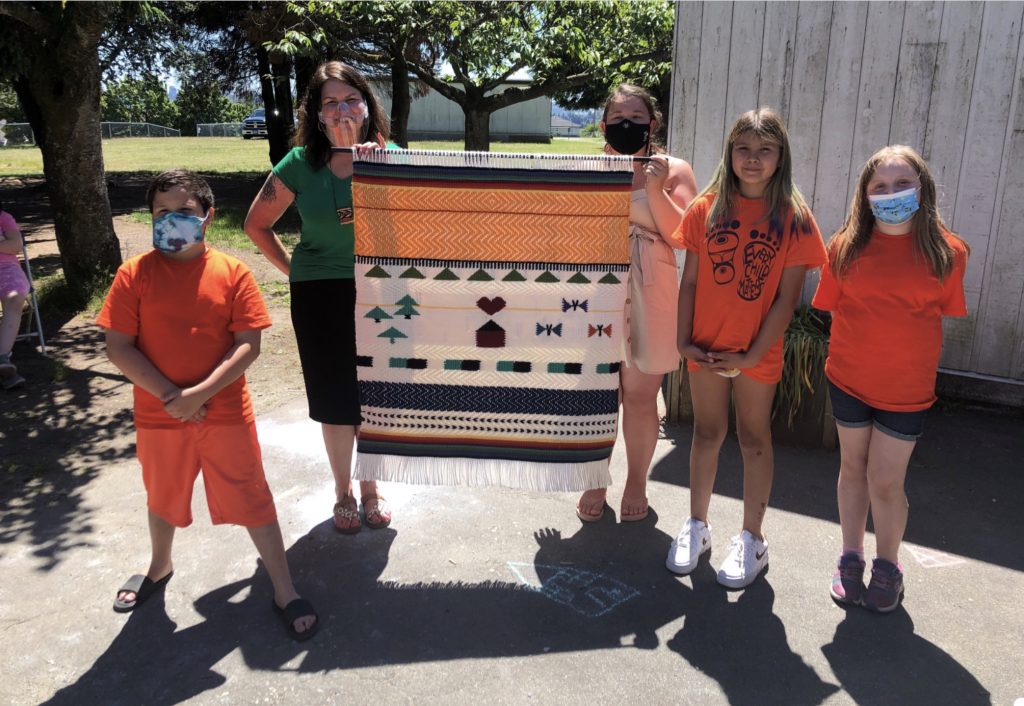
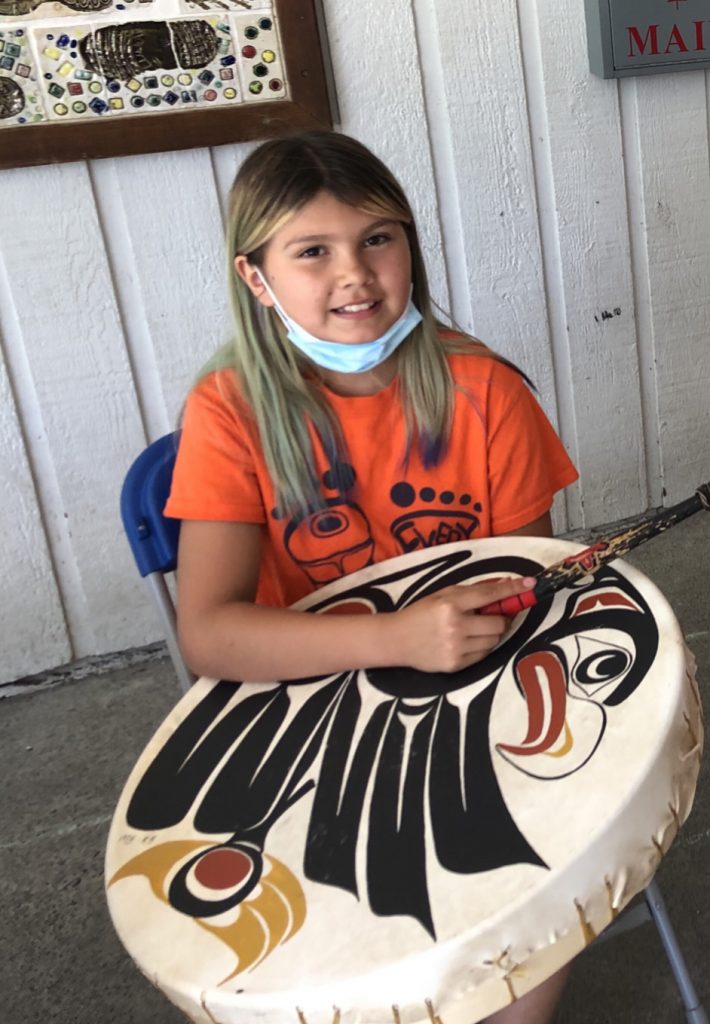 What a wonderful way for us to mark National Indigenous Peoples Day! Last year, we embarked on a weaving project with Coast Salish weavers Angela George and her apprentice Caitlin. They led us through a process where together we brainstormed our school values. Words such as kind, caring, our natural environment and the weaving of our French and English program were all ideas that were woven into the loom.
What a wonderful way for us to mark National Indigenous Peoples Day! Last year, we embarked on a weaving project with Coast Salish weavers Angela George and her apprentice Caitlin. They led us through a process where together we brainstormed our school values. Words such as kind, caring, our natural environment and the weaving of our French and English program were all ideas that were woven into the loom.